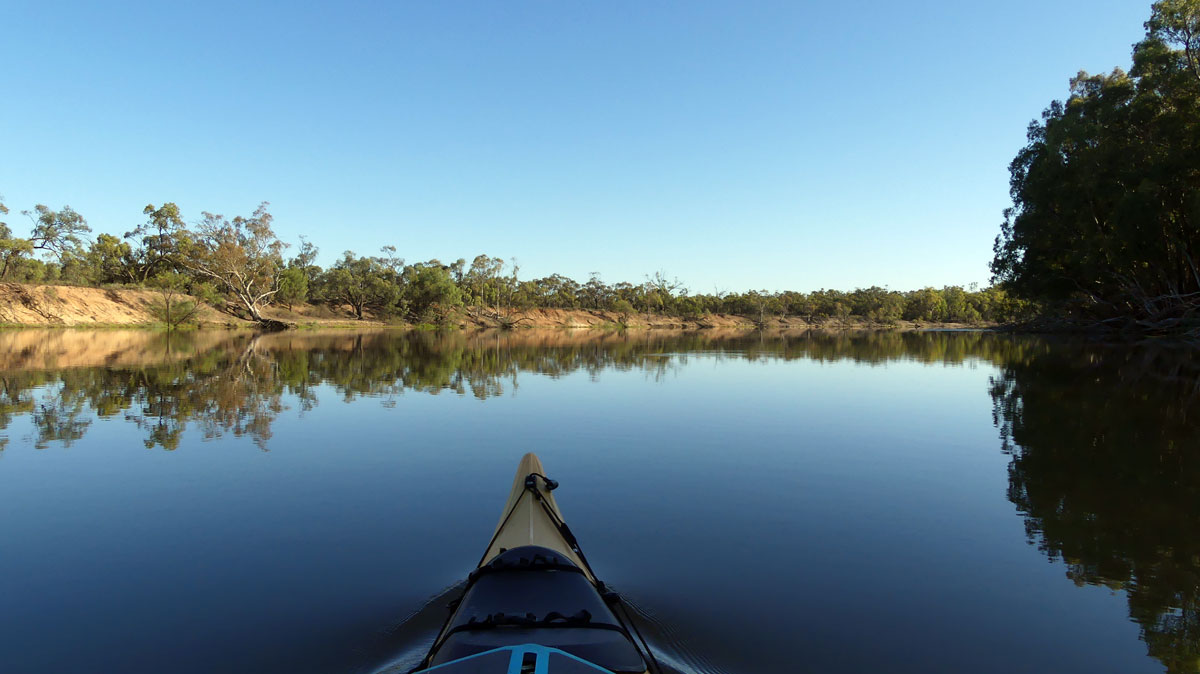Murrumbidgee River

The Murrumbidgee River originates in the Snowy Mountains and flows through New South Wales and the Australian Capital Territory before joining the Murray River. The Murrumbidgee River is more than just a waterway; it is a cultural icon that holds deep significance for Indigenous peoples, early settlers, and modern communities alike. In this immersive exploration, we delve into the multifaceted cultural importance of the Murrumbidgee River, tracing its rich heritage from ancient Dreaming stories to contemporary conservation efforts. Join us as we navigate the cultural currents of the Murrumbidgee River and discover the tapestry of traditions, legends, and values that shape its identity.
I. Indigenous Connections: Custodians of the Land
For Indigenous peoples, the Murrumbidgee River is not merely a geographical feature but a sacred lifeline that sustains cultural practices, spiritual beliefs, and ancestral connections. From the Wiradjuri to the Ngunnawal, Indigenous communities have inhabited the river’s banks for thousands of years, forging deep connections with the land and its resources. Dreaming stories, passed down through generations, speak of the river’s creation and the spiritual beings that inhabit its waters, imbuing the Murrumbidgee with profound cultural significance as a source of identity, belonging, and reverence.
II. European Settlement: Pioneers and Progress
With the arrival of European settlers in the 19th century, the cultural landscape of the Murrumbidgee River underwent significant transformation as new traditions, technologies, and industries took root. Pioneering families such as the Murrays, the Gibsons, and the Campbells played a central role in shaping the region’s cultural identity through pastoralism, agriculture, and infrastructure development. Towns and settlements sprang up along the river’s banks, becoming hubs of commerce, social interaction, and cultural exchange. Despite the challenges of colonialism and dispossession, the legacy of European settlement continues to shape the cultural fabric of the Murrumbidgee River basin to this day.
III. Artistic Inspiration: Capturing the Essence
Throughout history, the Murrumbidgee River has inspired countless artists, writers, musicians, and poets to capture its beauty, majesty, and significance through their creative works. From landscape paintings to literary masterpieces, from folk songs to contemporary art installations, the river’s influence permeates various forms of artistic expression, offering a glimpse into its cultural allure and symbolic resonance. Artists such as Tom Roberts, Judith Wright, and Lionel Lindsay have drawn inspiration from the Murrumbidgee, infusing their works with a sense of place, memory, and imagination that transcends time and space.
IV. Cultural Festivals and Events: Celebrating Tradition
Throughout the year, communities along the Murrumbidgee River come together to celebrate their cultural heritage through festivals, events, and gatherings that showcase local traditions, customs, and values. From Indigenous corroborees to country fairs, from agricultural shows to arts festivals, these cultural gatherings serve as vibrant expressions of community spirit, creativity, and resilience. Events such as the Gundagai Rodeo, the Wagga Wagga Jazz Festival, and the Griffith Multicultural Festival bring people together from all walks of life to celebrate the rich diversity and cultural vitality of the Murrumbidgee River region.
V. Environmental Stewardship: Guardians of the River
In recent decades, the cultural importance of the Murrumbidgee River has been increasingly recognized through conservation efforts, environmental initiatives, and community-led projects aimed at protecting its natural beauty and ecological integrity. From Indigenous land management practices to modern conservation strategies, a diverse array of stakeholders are working together to safeguard the river’s cultural and environmental heritage for future generations. Organizations such as the Murrumbidgee Landcare Network, the Wiradjuri Conservation Trust, and the Murray-Darling Basin Authority play key roles in promoting sustainable land use, water management, and biodiversity conservation along the river.
VI. Educational Programs and Initiatives: Passing on the Legacy
Education plays a crucial role in preserving and promoting the cultural significance of the Murrumbidgee River, with schools, universities, and community organizations offering programs and initiatives aimed at raising awareness, fostering appreciation, and passing on traditional knowledge to future generations. Cultural immersion experiences, river tours, and interpretive signage provide opportunities for people of all ages to learn about the river’s history, ecology, and cultural significance in hands-on, interactive ways.
Conclusion:
As we conclude our journey through the cultural landscape of the Murrumbidgee River, we are reminded of the river’s enduring legacy as a source of inspiration, connection, and belonging for all who inhabit its shores. From Indigenous Dreaming stories to contemporary conservation efforts, the Murrumbidgee embodies a rich tapestry of traditions, values, and aspirations that continue to shape the identity of the region and its people. As we navigate the cultural currents of the Murrumbidgee, may we draw strength from the river’s timeless wisdom and carry forward its legacy of respect, stewardship, and cultural diversity into the future.
Know More about the Murrumbidgee River.
What are The Religious Places of the Murrumbidgee River?
When Did The Murrumbidgee River Basin Become a Focus?
Where is The Murrumbidgee River Located?
Who Were The Key Historical Figures and Civilizations of The Murrumbidgee River?
How to Reach Murrumbidgee River?




